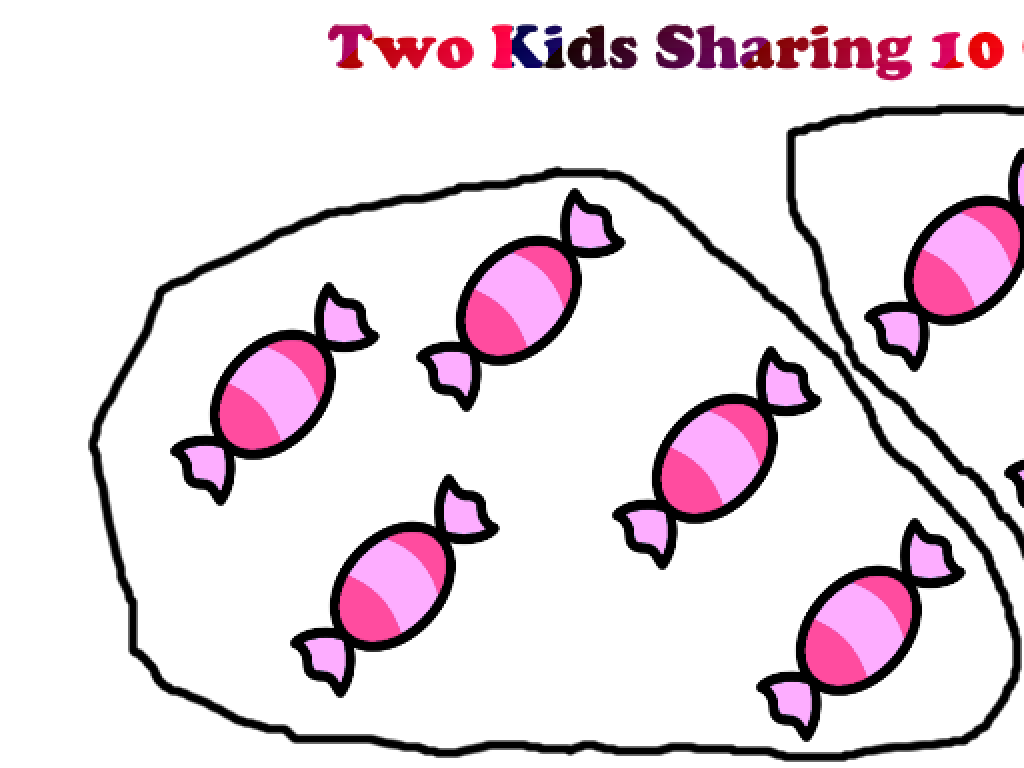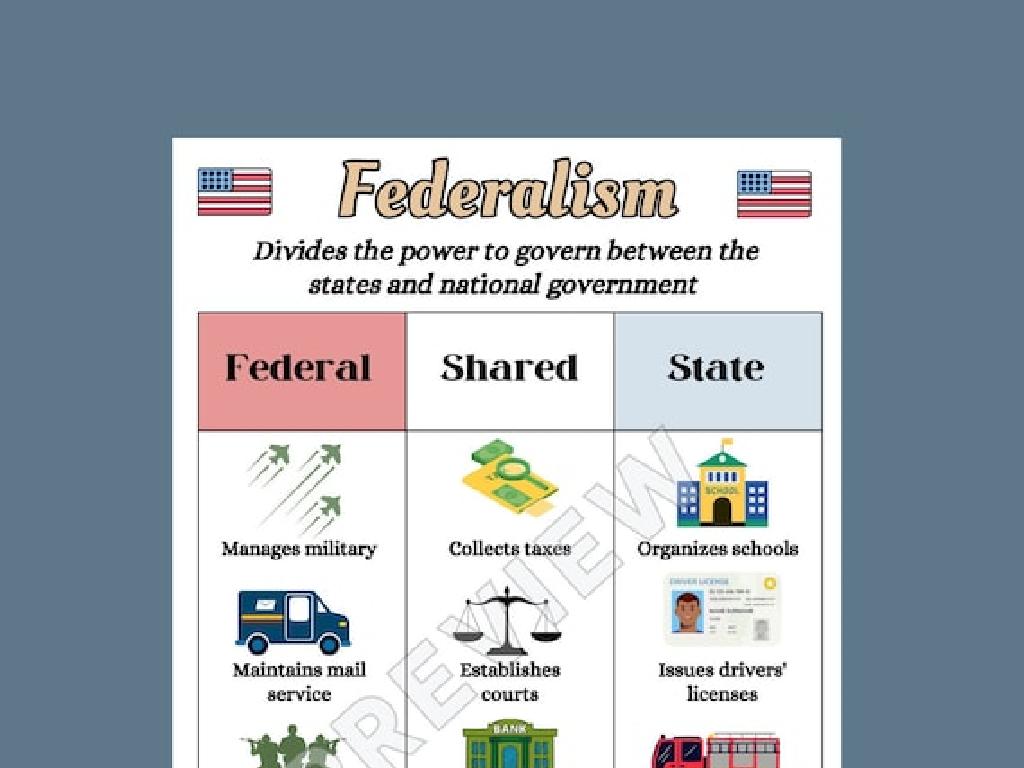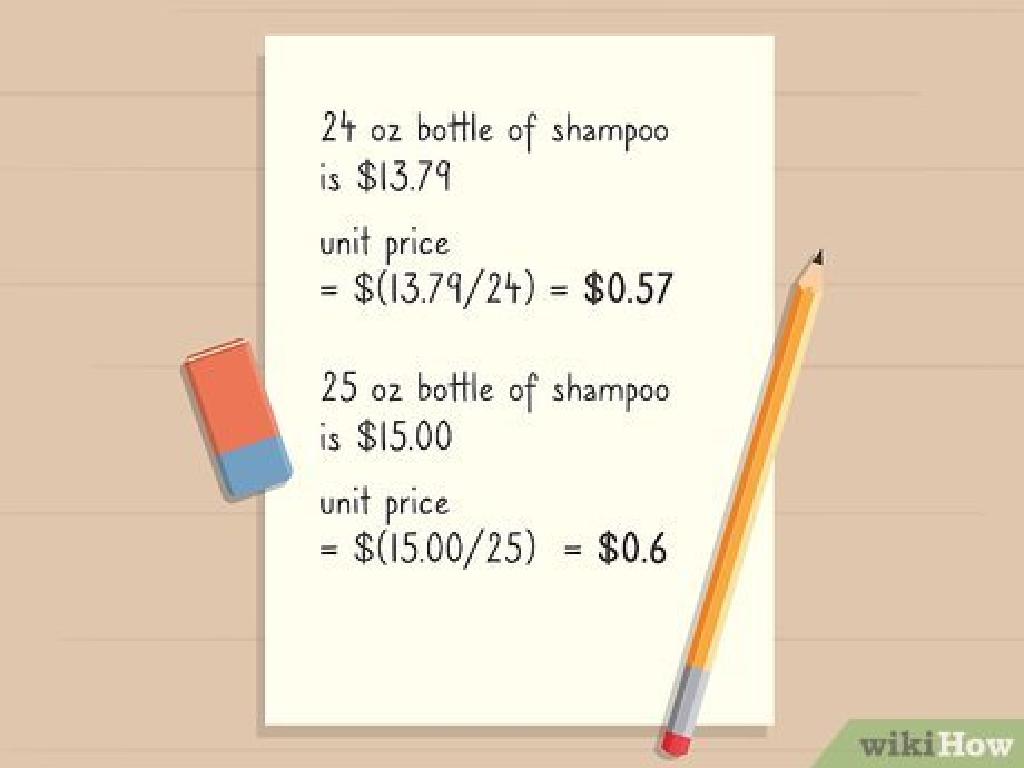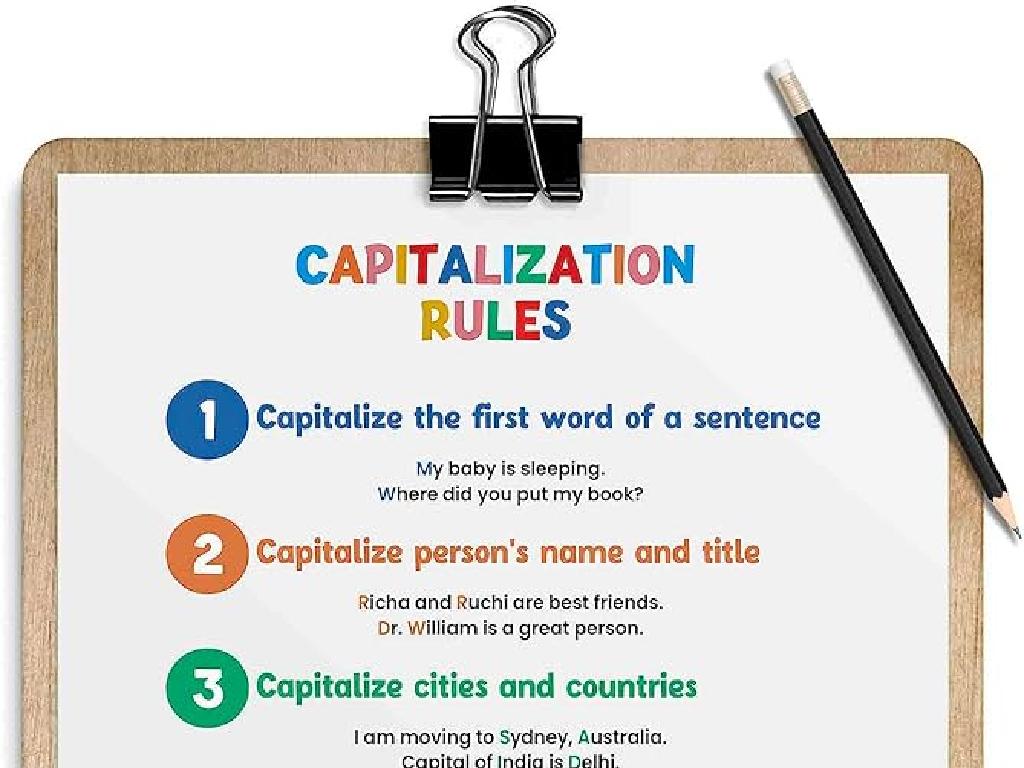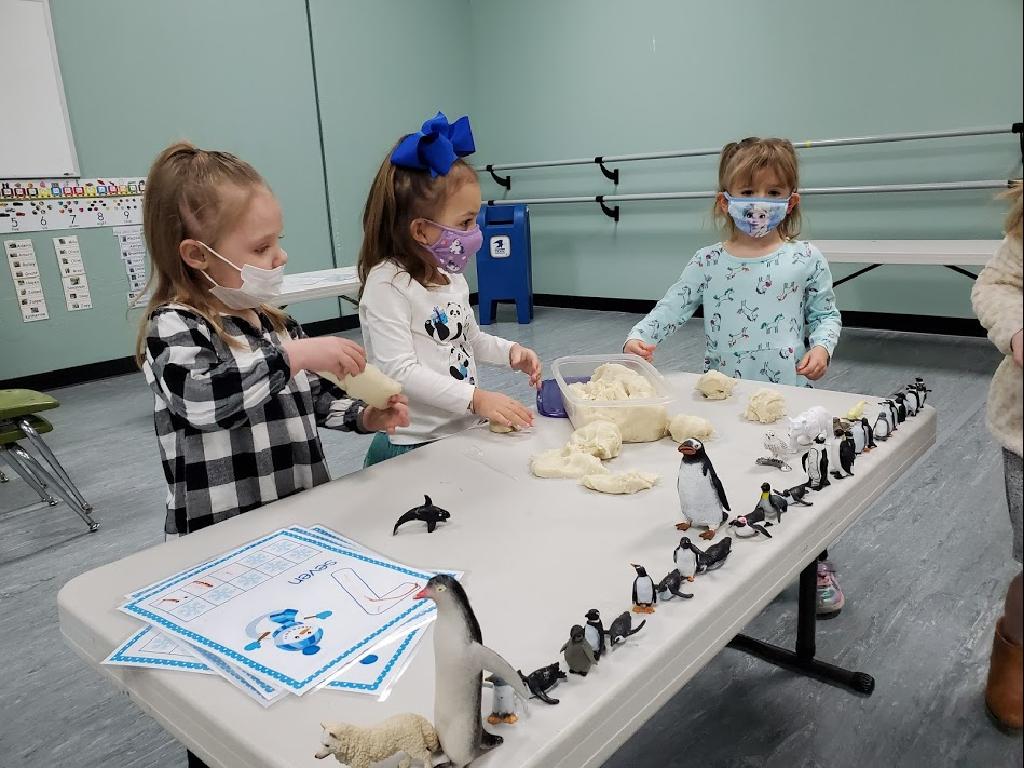Combine Main Ideas From Two Texts
Subject: Language arts
Grade: Sixth grade
Topic: Main Idea
Please LOG IN to download the presentation. Access is available to registered users only.
View More Content
Combining Main Ideas from Texts
– Grasping the concept of main ideas
– Main ideas are central points of a text
– Significance of main ideas
– Identifying them improves comprehension
– Merging main ideas from texts
– Use similarities to connect ideas
– Strategies for combining ideas
– Compare and contrast to find common themes
|
This slide introduces the concept of main ideas and their importance in understanding texts. It’s crucial for students to grasp that the main idea is the central, most important point of a text. Identifying the main idea is a key reading comprehension skill that aids in summarizing and analyzing texts. When combining main ideas from two different texts, students should look for similarities and differences to connect the ideas effectively. Teach students to use strategies such as comparing and contrasting to find common themes. Encourage them to practice with texts on similar topics to build their skills in synthesizing information from multiple sources.
Combining Main Ideas from Texts
– Define the main idea
The main idea is the central point or message in a text.
– Examples of main ideas
For example, the main idea in ‘The Tortoise and the Hare’ is ‘slow and steady wins the race’.
– Group discussion activity
Students will work in groups to pinpoint main ideas in given sentences.
– Practice identifying main ideas
|
Begin the lesson by explaining the concept of a main idea, ensuring students understand it as the most important point the author is trying to convey. Use well-known stories or texts as examples to illustrate main ideas. For the group discussion, provide sentences or short paragraphs and have students work together to identify the main ideas. This activity encourages collaboration and critical thinking. As a follow-up, students can practice this skill by combining main ideas from two different texts, synthesizing information to understand how different texts can share similar themes or messages.
Combining Main Ideas from Texts
– Steps to pinpoint main ideas
– Look for the most important point the author is making.
– Group reading of a passage
– We’ll read a passage as a class to understand it better.
– Practice: Find the passage’s main idea
– Use the steps we learned to identify the main idea in the passage.
– Discuss how to merge main ideas
– Learn to combine main ideas from different texts into a cohesive understanding.
|
This slide is aimed at teaching students how to identify and combine the main ideas from two different texts. Start by explaining the steps to find the main idea, such as looking for repeated concepts or summarizing the text in one sentence. Then, read a passage together to apply these steps in a practical setting. Afterward, have the students practice on their own by finding the main idea of the passage. Finally, open a discussion on how to synthesize main ideas from multiple sources, which is a critical skill for understanding more complex material. For the activity, consider having different passages for groups of students to work on, then share their main ideas and discuss as a class.
Comparing Texts: Finding Similarities & Differences
– How texts can be alike or not
– Texts may share themes or differ in perspectives or details
– Comparing main ideas
– To compare main ideas is to find what is most important in both texts and see how they relate
– Class exercise: Story comparison
– Choose two stories you know well and discuss their main ideas with the class
|
This slide introduces the concept of comparing and contrasting texts, focusing on their main ideas. Start by discussing how two texts might share similar themes or topics but present them differently. Explain that comparing main ideas involves identifying the most important point or message in each text and analyzing how they are similar or different. For the class exercise, select two well-known stories that the students are familiar with. Divide the class into small groups and have them discuss the main ideas of each story. Then, as a group, they should compare and contrast these ideas, possibly using a Venn diagram. Encourage students to think critically about the themes and messages of the stories and how authors can approach the same topic in unique ways.
Combining Main Ideas from Texts
– Learn techniques to combine ideas
– Example: News article synthesis
– For instance, merging the main points of articles on climate change and renewable energy
– Pair up for guided practice
– Work with a partner to blend main ideas from two texts provided by the teacher
– Discuss combined main ideas
– Share and discuss how you merged the ideas with the class
|
This slide introduces the concept of synthesizing information by combining the main ideas from two different texts. Start by explaining techniques such as looking for common themes, contrasting points, and creating a new perspective that encompasses both texts. Use an example, like combining the main ideas from two news articles on related topics, to illustrate the process. Then, move into a guided practice where students pair up and apply these techniques to combine main ideas from texts provided by you. This activity encourages collaboration and critical thinking. After the exercise, facilitate a discussion where pairs share their synthesized main ideas and the process they used to combine them. This will help students learn from each other’s approaches and understandings.
Combining Main Ideas from Texts
– Writing a combined summary
– Summarize by blending main points from two texts into one cohesive paragraph.
– Example of combined main ideas
– For instance, if one text is about rainforests and another about deforestation, combine their main ideas in a summary.
– Activity: Write your own summary
– Use two short texts provided to practice creating a combined summary.
|
This slide introduces the concept of writing a summary that incorporates the main ideas from two different texts. Begin by explaining the process of identifying the main ideas in each text and then synthesizing these ideas into a single, coherent summary. Provide a clear example that demonstrates how to merge the main ideas from two texts on related topics. For the individual activity, give students two short texts and instruct them to write a summary that combines the main ideas from both. This will help them practice the skill of synthesis, which is crucial for understanding and comparing multiple sources of information. Offer guidance on how to select the most important points and connect them logically. The activity should encourage critical thinking and comprehension.
Group Discussion: Combining Main Ideas
– Share summaries with peers
– Discuss approaches to combining ideas
– How did your classmates merge ideas differently?
– Engage in a feedback session
– Highlight effective strategies and tough spots
– Reflect on the activity’s challenges
|
This class activity is designed to foster collaborative learning and critical thinking. Students will first share the summaries they’ve created from their reading assignments. Encourage them to listen actively to their classmates’ summaries and note the different methods used to combine main ideas from two texts. During the feedback session, prompt students to discuss what strategies worked well and which aspects were difficult. This reflection will help them improve their summarization and analytical skills. For the teacher: Prepare to guide the discussion, ensuring every student participates. Offer prompts or questions to stimulate conversation if needed. Possible activities could include peer review of summaries, creating a combined class summary, or even a role-play where students advocate for the importance of the main ideas they’ve identified.
Combining Main Ideas: Recap & Homework
– Review of combining main ideas
– Homework: Summarize two articles
– Find articles on a similar topic
– Combine main ideas in summary
– Write a summary that reflects the main ideas from both
– Remember: Practice is key!
|
This slide is meant to conclude the lesson on combining main ideas from two texts. Start by recapping the strategies discussed in class for identifying and merging the main ideas. For homework, instruct students to find two articles on a similar topic and write a cohesive summary that includes the main ideas from both articles. Emphasize the importance of practice in mastering this skill. In the next class, students can share their summaries and discuss the challenges they faced and how they overcame them. This will reinforce their understanding and provide an opportunity for peer learning.

